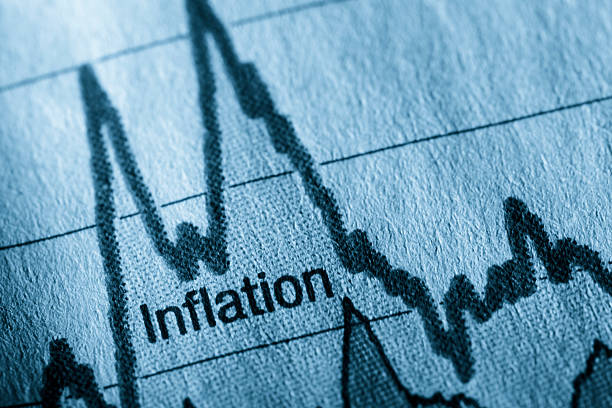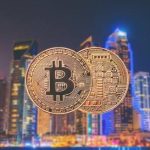Inflation has been steadily declining over the last six months after soaring to several decade highs in 2022. But now, more and more corporate executives and economists are concerned that the trend wont last. The head of Queens College at the University of Cambridge, Mohamed El-Erian, told Bloomberg on Friday, “I think inflation is going to get sticky in midyear at approximately 4%”.
Since August of last year, the economist has been sounding the alarm about the potential for ongoing inflation, but he is no longer the only one. A real estate and investment management company CEO, Christian Ulbrich, told the Financial Times this week that during the World Economic Forum in Davos, Switzerland, his corporate peers generally agreed that 4% inflation is the new 2% inflation.
According to Ulbrich, “a number of underlying phenomena” might even maintain inflation “persistently around 5%,” such as the decoupling of the American and Chinese economies and the shift toward green energy. You would think that a negligible difference, but when it comes to inflation, two to three percentage points are significant.
With the exception of a minor hiccup in 2018, investors and businesses have grown accustomed to extraordinarily low borrowing costs that have supported rising housing and equity prices over the past ten years. But in a world with 4% or 5% annual inflation, central banks would be forced to maintain higher interest rates for a longer period of time, which would likely have a knock-on effect on stocks, further freeze the housing market.
Recent inflation
El-Erian noted that recent changes in the primary factors driving U.S. inflation could hinder the Federal Reserve from meeting its 2% inflation target this year, in addition to global inflationary challenges like the switch to green energy.
Inflation in 2022 was mostly brought on by rising prices for products, energy, and food. The analyst claims that price hikes are currently being driven by “growing wage pressure” and rising costs in important segments of the services industry, such as health care and transportation. He stated in a Tuesday op-ed for Bloomberg that “this transformation is particularly notable because inflationary pressures are now less susceptible to central bank policy activity.” “The outcome could very possibly be stickier inflation at around twice the level of central banks current inflation objective,” the article states.
Fed authorities increased interest rates seven times in 2022 in an effort to control inflation. The continuous rise in consumer prices has recently been slowed by their efforts, but El-Erian contends that central bankers lack the resources necessary to effectively combat inflation in some segments of the services sector.
Rising interest rates have a more immediate impact on some economic sectors than others. Consider housing Mortgage rates increase as the Fed raises interest rates, which affects the price of purchasing a home. It’s a market that the central bank can rapidly and directly influence. The services industry is different.
Healthcare costs do not instantaneously change prices when the Fed rise interest rates, unlike mortgage rates. According to the Bureau of Labor Statistics, this is one of the reasons why overall inflation increased by 6.5% year over year last month, but inflation in the services sector increased by 7% when volatile energy costs were excluded, and transportation services costs—which include things like bus and airfare costs—rose by 14.6%.
El-Erian is also concerned that core inflation, which includes volatile food and energy prices, could be challenging to control because companies are less likely to lower prices once they have been raised, even if their costs are declining. To prove his claim, core inflation increased by 0.3% in December while overall inflation decreased by 0.1%.
At the World Economic Forum in Davos on Friday, former Treasury Secretary Larry Summers also issued a warning that inflation could persist over the Fed’s objective. He said that although prices were declining, “transient factors have contributed to the dips that we’ve seen in inflation, just as they did to the increases in inflation earlier, and as with many journeys, the last leg of a voyage is occasionally the hardest.” This is what he told CNBC.









